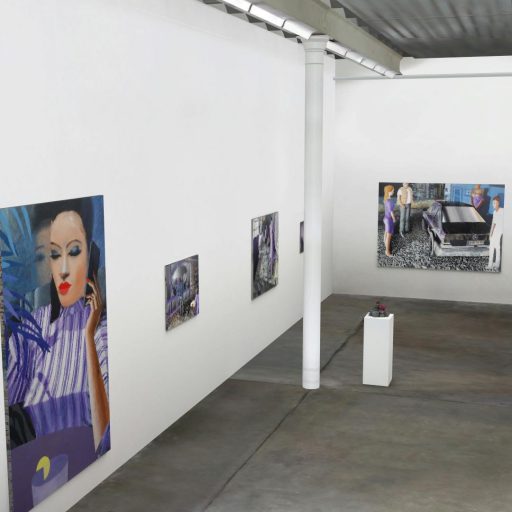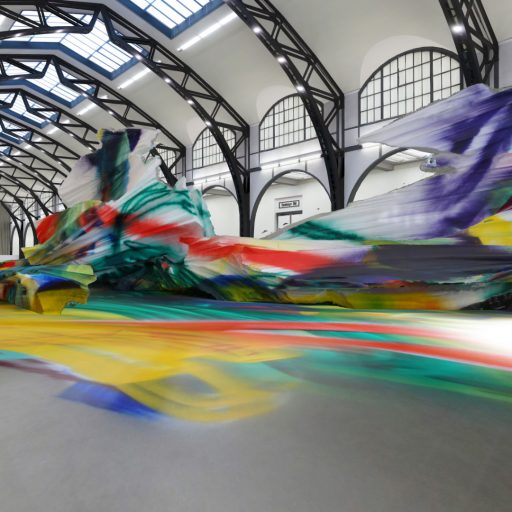

Room 1: Distorted Realities- How do artists twist the familiar into something surreal or uncanny?
Room 2: Inner Landscapes- Artworks reflecting emotional and psychological terrain.
Room 3: Memory and Trace- Exploring history, time,... more >> Concept: This exhibition explores how artists manipulate reality, emotion, memory, and identity through two-dimensional wall-based art. Each room presents a different lens on the idea of perception.
Room 1: Distorted Realities- How do artists twist the familiar into something surreal or uncanny?
Room 2: Inner Landscapes- Artworks reflecting emotional and psychological terrain.
Room 3: Memory and Trace- Exploring history, time, and cultural memory through imagery.
Room 4: Identity & the Mask- How do artists play with selfhood and persona?
"The Edges of Perception" is a four-part exhibition exploring how contemporary and modern artists challenge, reconstruct, and reveal the complexities of seeing, feeling, and understanding through two-dimensional visual media. Unified by a focus on wall-based works—paintings, drawings, prints, and photographs—the exhibition examines how artists push the boundaries of perception, both in terms of how we view the world around us and how we experience inner emotional and psychological states.
The works selected across four intimate rooms trace the unstable borders between reality and illusion, memory and fiction, surface and depth. By focusing solely on flat works displayed on the walls, the exhibition emphasizes the tension between the apparent simplicity of the medium and the profound conceptual and emotional depth it can contain. In a time dominated by rapid digital stimuli and fragmented attention, these works invite a slower, more introspective engagement with image and meaning.
Rather than presenting a linear historical narrative, the exhibition is organized thematically, guiding viewers through interconnected lenses of distorted reality, emotional landscape, cultural memory, and constructed identity. Each room invites the viewer to consider how perception is not a passive act but one that is shaped by personal, social, and political forces.
Through expressive distortion, psychological symbolism, and archival layering, the featured artists interrogate the limits of representation. They compel us to reconsider how much of what we see is conditioned by what we already believe or feel. They use the visual field not just as a window onto the world, but as a mirror, a wound, a theater, and a mask.
From the surrealism of Magritte to the incisive social commentary of Kara Walker, from the intimate confessionals of Tracey Emin to the myth-making of Cindy Sherman, each artwork questions how visual art can become a vessel for complex interior and collective truths.
Ultimately, "The Edges of Perception" is not only about what we see, but how we see—and what remains invisible, forgotten, or distorted in the process. It asks viewers to cross the threshold between the known and the uncertain, to examine the space where perception begins to shift, and where meaning starts to tremble at its own edges.










